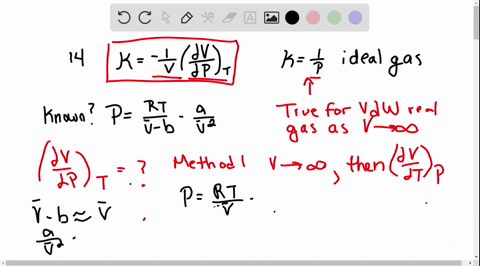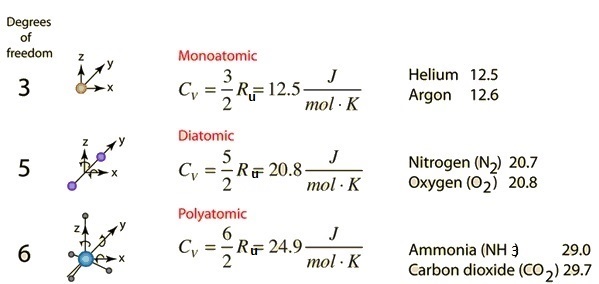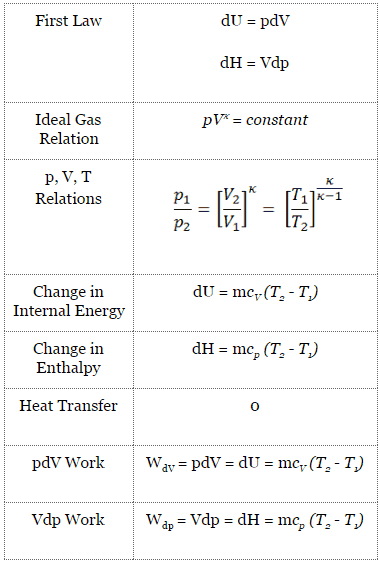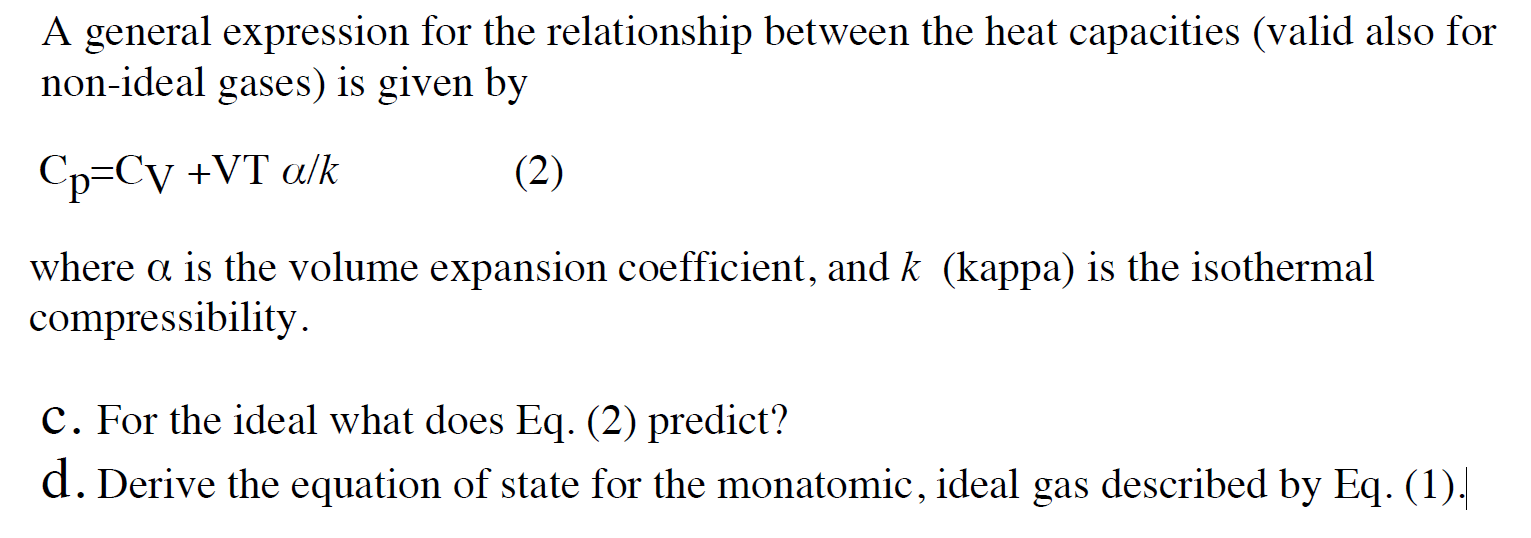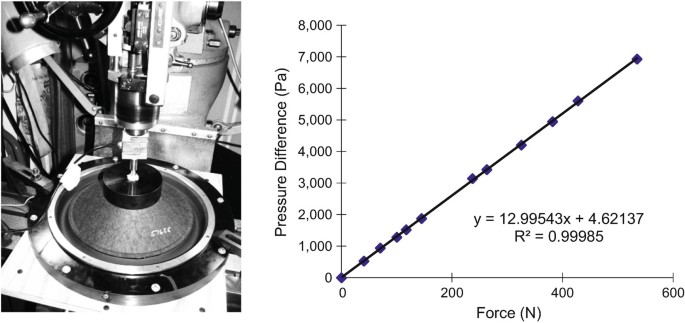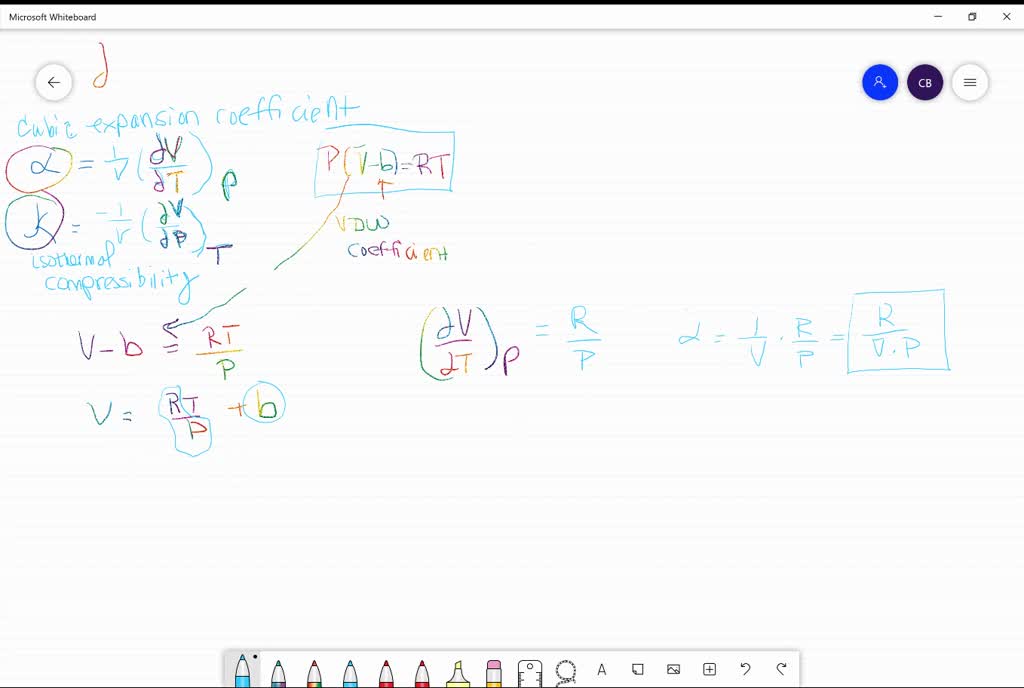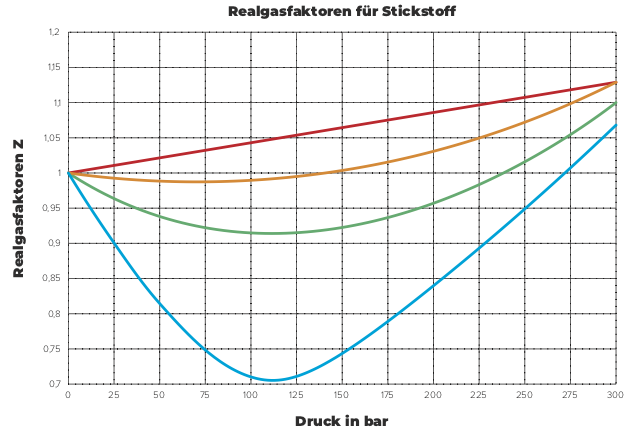
Energy Conversion CHE 450/550. Ideal Gas Basics and Heat Capacities - I Ideal gas: – a theoretical gas composed of a set of non-interacting point particles. - ppt download

A global equation-of-state model from mathematical interpolation between low- and high-density limits | Scientific Reports

Cp-Cv for real gas, in terms of alpha & beta, change in internal energy with respect to volume - YouTube

Are the Sublimation Thermodynamics of Organic Molecules Predictable? | Journal of Chemical Information and Modeling

Department of Mechanical Engineering ME 322 – Mechanical Engineering Thermodynamics Lecture 5 Thermodynamic Properties. - ppt download

Sensors | Free Full-Text | An Automatic Calibration Method for Kappa Angle Based on a Binocular Gaze Constraint

Calculate the isothermal compressibility 'alpha' for an ideal gas `[alpha = - (1)/(V) ((deltaV)/ - YouTube
